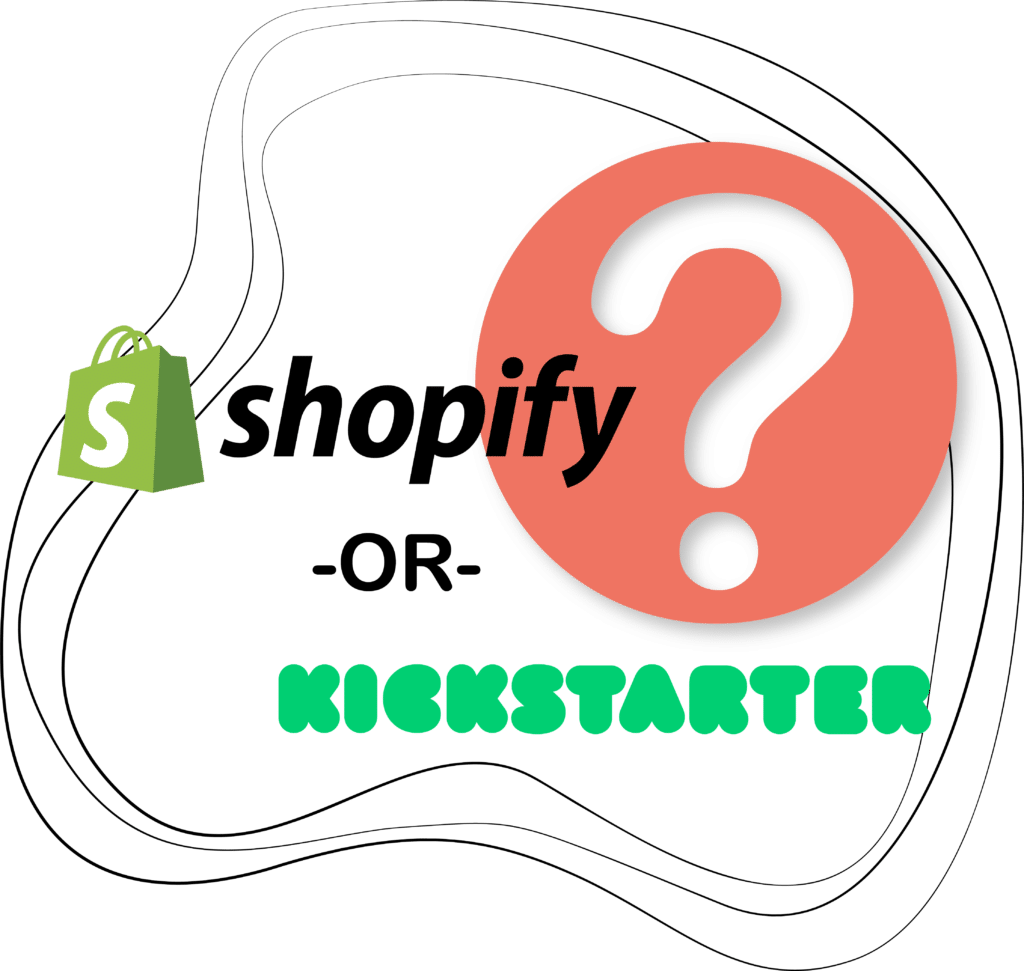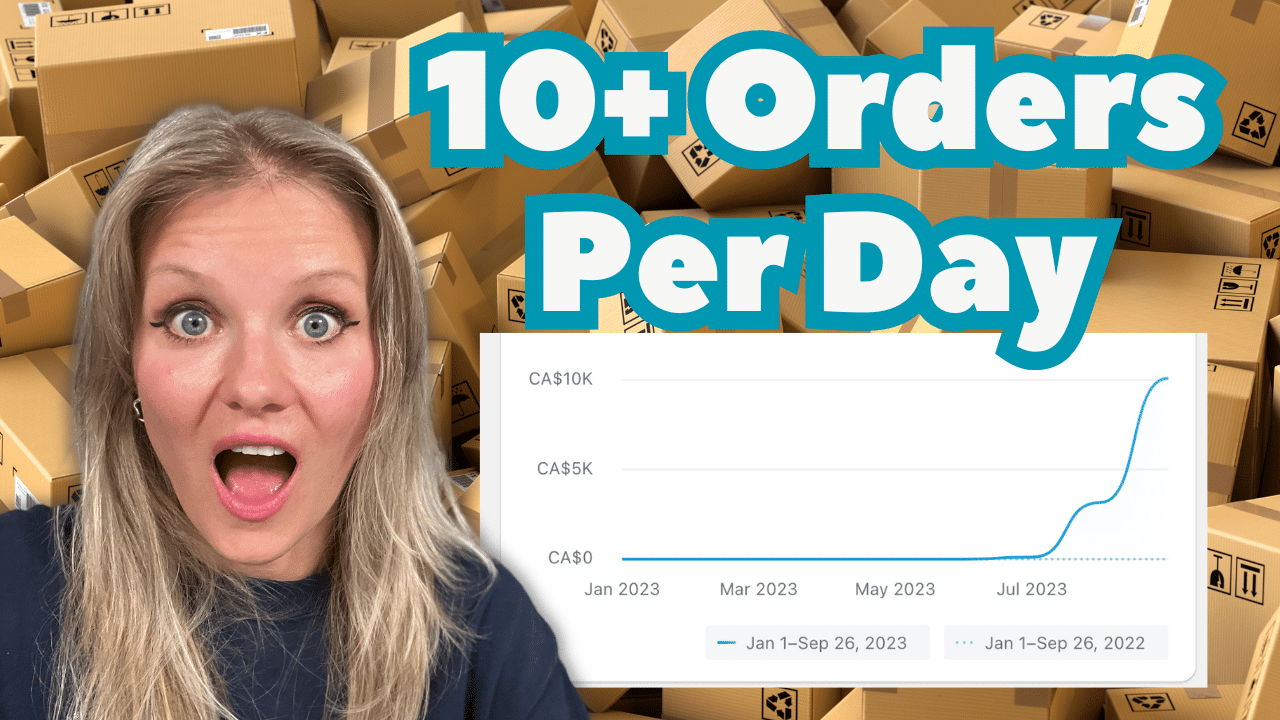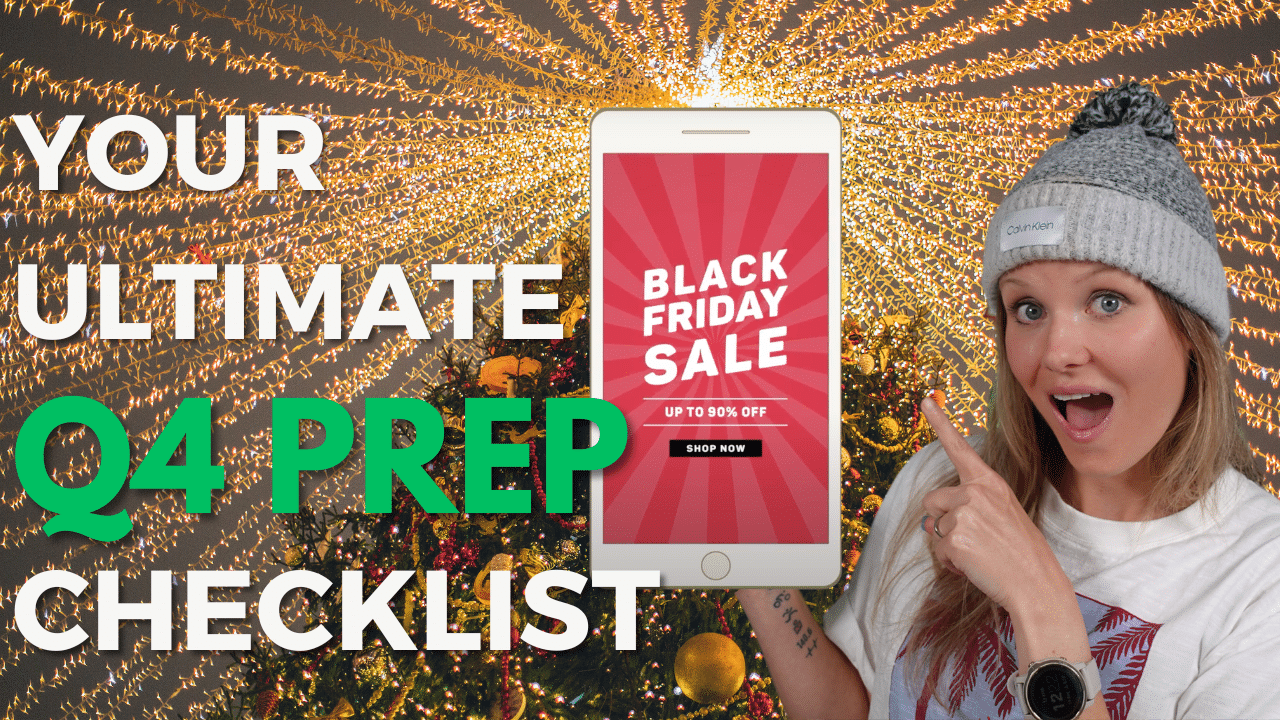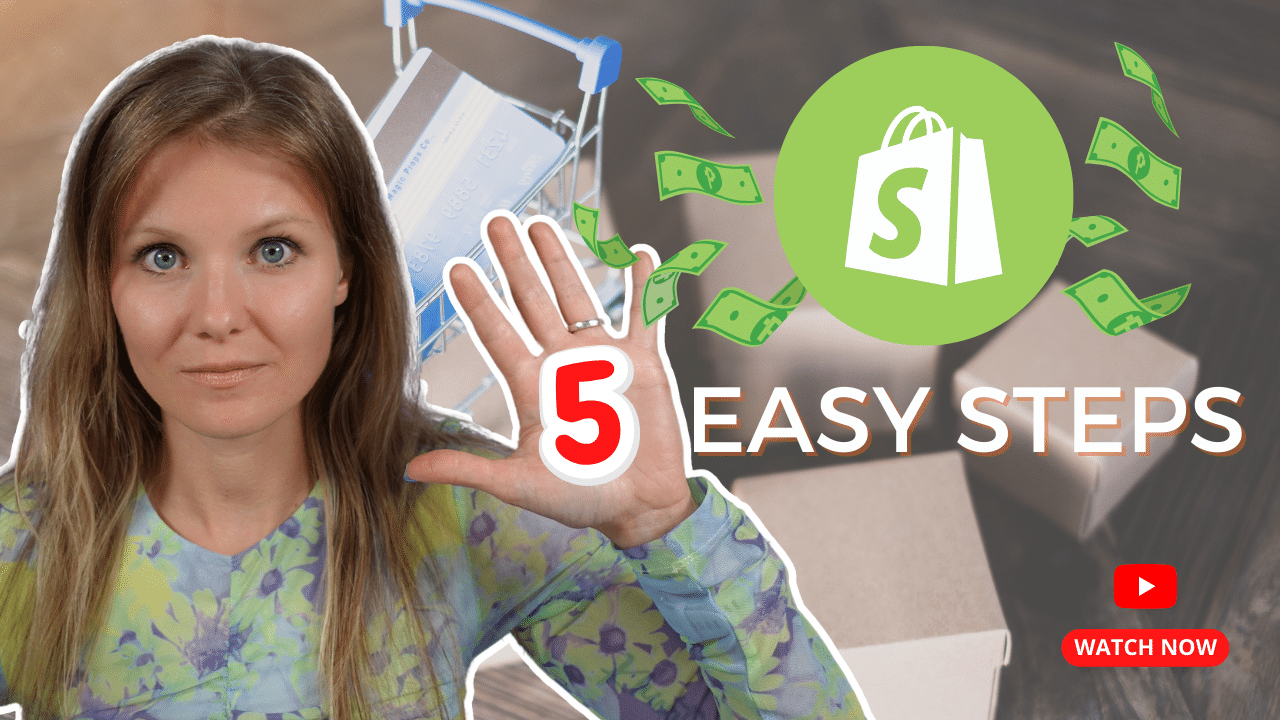In today’s blog, we tackle a critical question: Is my store ready for paid ads?
Whether you’re a new seller getting your advertising strategy together or an existing seller looking to boost your sales, this is for you. We’ll explore this topic in the context of Amazon and Shopify stores. So let’s dive right in!
To make things engaging and informative, we’ll be presenting a series of questions and providing answers based on my experience as an advertising partner for Google, Meta and TikTok.
We often receive inquiries from new brands wondering if paid ads are the right fit for them.
When should I start paid ads for my online store?
One major mistake many sellers make is initiating paid ads too early.
This advice applies whether you have an established store with prior sales through influencers, retail, Amazon, or social media, or if you’re a new seller preparing for an upcoming product launch. Before investing in paid ads, it’s crucial to establish a proof of concept.
A proof of concept means you’ve already experienced some success selling your product. This could be through a product launch where friends and family purchased your item or selling in retail stores or even hosting live events.
It demonstrates your ability to sell your product without relying solely on paid ads. Starting paid ads without a proof of concept is a common and costly mistake.
Now, let’s consider the other side of the coin. What if you’ve launched your product, started driving traffic to your website, and your initial sales came from paid ads?
In such cases, it’s essential to be mindful of your preparedness and the position of your business before commencing paid ads.
If you’re bootstrapping and relying on immediate sales from ads to sustain your business, starting paid ads without a solid foundation can lead to failure.
It’s important to approach them with a realistic understanding of how they work and the financial preparedness required.
Don’t expect instant returns on a product that hasn’t been proven to be scalable through paid ads. However, you can allocate a testing budget to evaluate the effectiveness of your paid ads strategy.
How much should I spend on paid ads?
We like to compare paid ads to gasoline on a fire. They can amplify your results when used correctly.
However, it’s crucial to have a healthy perspective and understand how paid ads function. Going all-in financially without anticipating immediate results can leave you blindsided.
Instead, consider allocating a testing budget to determine the viability of your paid ads strategy. This approach allows you to gather data, analyze the performance of different platforms, and optimize your campaigns accordingly.
It’s wise to start with a conservative budget and gradually scale up based on the results you achieve.
Paid ads should be seen as fuel to an already established fire.
Therefore, it’s recommended to have a minimum budget of $3,000 per month across all platforms. This translates to approximately $100 per day in ad spend.
As you gain traction and start generating revenue, you can gradually increase your ad spend. Remember, starting with a testing budget is essential to collect data and optimize your campaigns.
How Long Should You Spend On Ads Before Getting A Return?
During the initial testing period, it’s important to set realistic expectations. Your product’s unique performance in the market plays a significant role in determining the timeline for achieving a positive return on investment.
Starting from scratch means you’ll need time to gather data, optimize your ads, and scale your campaigns. It may take some time before your ad spend generates a return on investment. As you continue to refine your advertising strategy, you’ll be better positioned to increase your spending and maximize profitability.
Once you’ve achieved the break-even point, the focus shifts towards profitability and improving your margins.
This phase is particularly important for businesses with lower-priced products or subscription models. Reducing acquisition costs and optimizing return on ad spend becomes key to generating consistent profits.
For instance, let’s consider a $40 subscription product. Initially, you aim to acquire customers at a cost of $40 or less.
As you optimize your advertising campaigns, your goal should be to reduce the acquisition cost to $30 or even $20 per customer.
While the front-end profit may be limited with a lower-priced product, the real revenue comes from customer retention and subsequent reorders. Improving customer lifetime value becomes crucial for long-term profitability.
Which Ad Platform Should You Start With?
It’s important to establish realistic expectations when it comes to the timeline of e-commerce ads. The effectiveness of your campaigns can be influenced by factors such as your product’s price point, business model, and goals.
Therefore, it’s crucial to have an advertising partner who understands your specific needs and can provide guidance throughout the process.
Ensure that your advertising partner considers the entire funnel experience, including website conversion rate optimization and email marketing strategies.
A holistic approach is necessary to maximize the impact of your advertising efforts and drive sustainable growth.
The Importance of an Omni-Channel Approach:
Before diving into the specifics, it’s essential to understand why an omni-channel approach is beneficial. Both Meta and TikTok serve as effective top-of-funnel strategies, introducing new audiences to your brand and building brand awareness.
However, we often find that potential customers who engage with these platforms subsequently turn to Google for further research, seeking reviews, alternative options, or more information.
By combining Meta or TikTok with Google remarketing, you can create a more efficient advertising strategy that captures potential customers throughout their journey.
Meta (Facebook and Instagram) with Google Remarketing:
Meta offers a diverse range of advertising options, including video, images, and carousels. It provides flexibility for brands that may not have a strong video content presence yet.
With Meta, you can target specific interests and demographics, allowing you to reach potential customers who align with your target audience.
Additionally, Meta ads tend to perform well and offer a variety of creative formats.
Google remarketing complements Meta by targeting individuals who have already shown interest in your brand.
By displaying ads to users who have visited your website or conducted branded searches, Google remarketing keeps your brand top-of-mind and helps drive conversions.
It serves as a catch-all platform that reinforces your message and prompts potential customers to take action.
TikTok with Google Remarketing:
TikTok is a video-first platform that excels at capturing attention and engaging users. To leverage TikTok ads successfully, it’s important to already have a presence on the platform and create compelling short-form video content.
TikTok provides excellent brand awareness and top-of-funnel opportunities, introducing new audiences to your products and driving engagement.
Combined with Google remarketing, TikTok helps reinforce your message and keep your brand in front of potential customers.
By targeting users who have engaged with your website or conducted branded searches, you can nudge them closer to making a purchase.
Google remarketing adds an extra layer of effectiveness to your TikTok campaigns, boosting conversions and driving results.
TikTok vs. Meta
Ultimately, the decision between Meta and TikTok depends on several factors, including your creative strategy, the level of video content you already produce, and your target audience.
If you’re already comfortable with creating video content and want a platform that focuses primarily on video, TikTok might be the right choice.
On the other hand, if you prefer more variety in ad formats and want to leverage images and carousels, Meta (Facebook and Instagram) is a solid option.
It’s important to note that the combination of Google remarketing with either Meta or TikTok is crucial for a comprehensive advertising strategy.
Google remarketing helps reinforce your message and keeps your brand visible across platforms, ultimately leading to increased conversions and sales.
Will Paid Ads Solve All Your Sales Problems?
One of the most common questions among e-commerce sellers is whether paid ads can magically solve all their sales problems.
The answer to this question is not a simple yes or no. It depends on the specific circumstances of your business.
In this blog post, we’ll explore two scenarios to help you understand when paid ads can be a game-changer and when they may not be the solution you’re looking for.
By assessing the foundation of your business and identifying the nature of your sales problem, you’ll gain valuable insights into the role of paid ads in achieving your goals.
Scenario 1: No Proof of Concept
If you’ve recently launched your product or have been promoting it on social media and other channels but are struggling to gain traction, it’s essential to evaluate the foundation of your business.
In this case, you may not have a proof of concept—an indication that your product can sell successfully without relying solely on paid ads.
If your marketing efforts aren’t yielding significant results, it’s crucial to address foundational issues such as product positioning, market fit, or brand awareness before investing in paid ads.
Without a solid base, expecting paid ads to work miracles is unrealistic.
Scenario 2: Sales Growth with a Traffic Problem
If you’ve been actively marketing your products, generating sales through various channels, and have a solid foundation in place, but your growth is slower than desired, paid ads can be the missing piece of the puzzle. In this scenario, you don’t have a conversion problem; instead, you’re facing a traffic problem.
Your existing customers are buying your products, but you need to reach a wider audience to accelerate growth.
Paid ads can amplify your brand’s visibility, attract new customers, and drive traffic to your website. With a strong foundation, paid ads become the fuel to scale your business.
Assessing the Health of Your Business:
To determine whether your business is ready for paid ads, ask yourself some critical questions.
Are you still struggling to establish a foothold in the market? Are your current marketing efforts yielding minimal results? If so, it’s crucial to address foundational issues before investing in paid ads.
However, if your business has gained traction, generated sales through various channels, and has a solid customer base, paid ads can be the catalyst to drive further growth.
Partnering with an Advertising Expert:
If you’ve identified that your business is ready for paid ads, partnering with an experienced advertising expert can be immensely beneficial.
They can provide guidance, help you strategize, and optimize your ad campaigns for maximum impact.
Whether it’s booking a consultation, exploring coaching options, or accessing free resources, finding the right advertising partner will amplify your chances of success.
Conclusion:
Before diving into paid ads, it’s crucial to assess the readiness of your e-commerce store.
Having a proof of concept and a solid foundation is essential for successful advertising campaigns.
Allocating an appropriate budget, choosing the right ad platforms, and understanding the purpose of paid ads—whether to establish brand awareness or drive sales—will help you make informed decisions.
Remember, paid ads are an investment that requires patience and strategic optimization to achieve long-term success.





